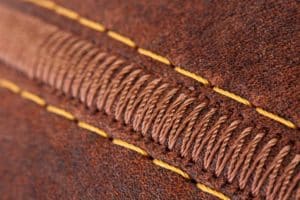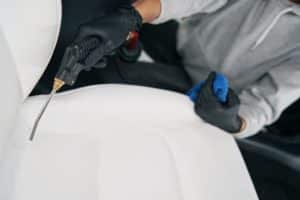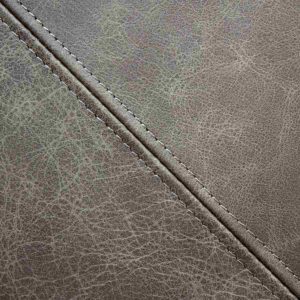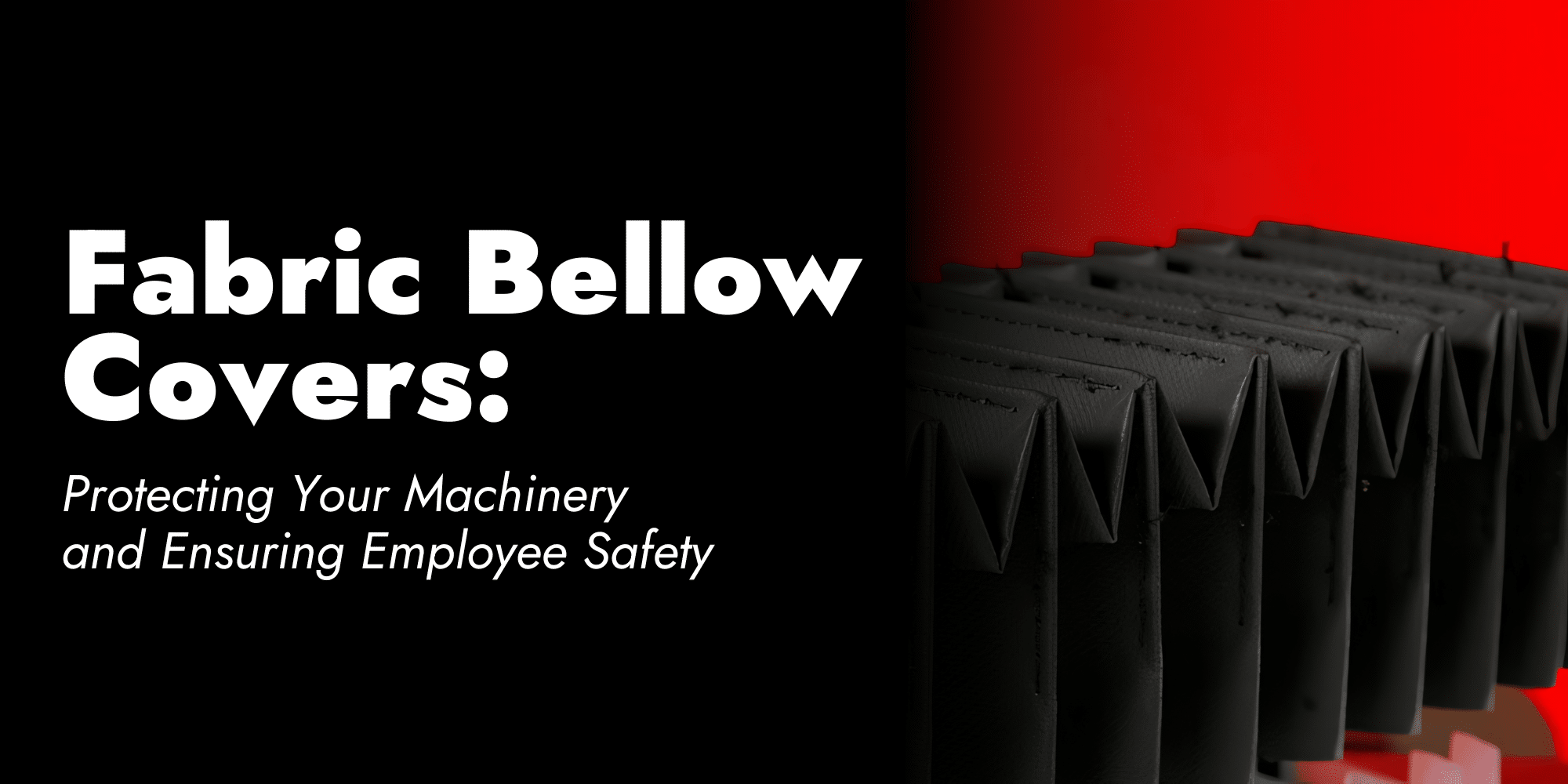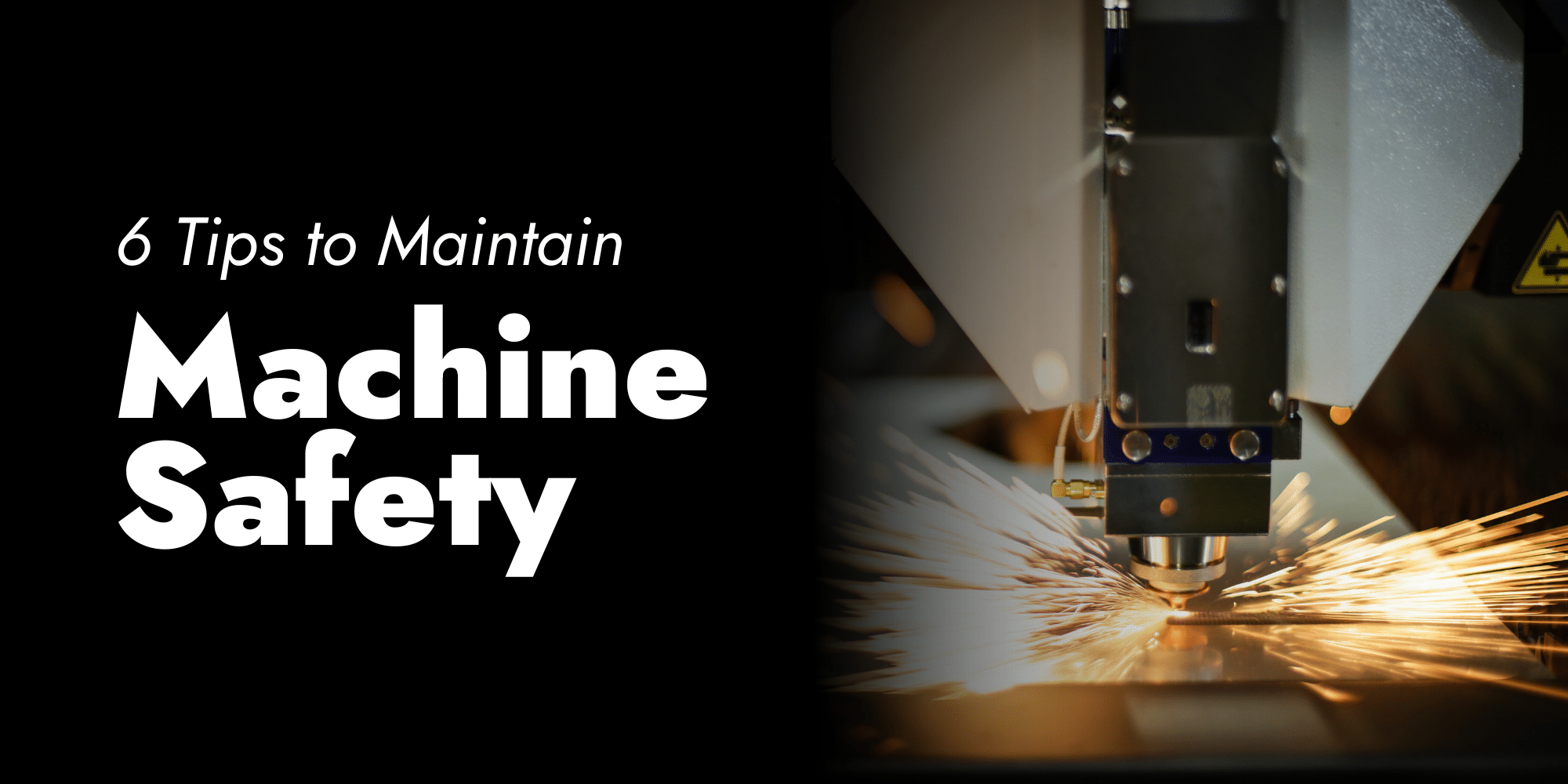Release liners are pivotal elements not only in the tire industry but also in other…

What is Seam Sealing Step – A Complete Guide
Welcome to our comprehensive guide on seam sealing! Understanding seam sealing is crucial if you’re involved in outdoor activities or work in industries like manufacturing or construction. Seam sealing is a vital process that ensures the durability and waterproofing of various products, such as outdoor gear, tents, and even protective clothing. In this guide, we will delve into the intricacies of seam sealing, exploring its purpose, methods, and benefits.
This article will provide a step-by-step breakdown of the seam sealing process, highlighting the tools and techniques involved. Whether you’re a seasoned professional or a beginner looking to learn more, this guide will equip you with the knowledge to effectively seal seams and protect your gear from moisture, leaks, and other environmental factors.
So, let’s dive in and unravel the mysteries of seam sealing!
Understanding Seam Sealing: An Introduction
Seam sealing is a crucial process that ensures the durability and waterproofing of various products, such as outdoor gear, tents, and protective clothing. It simply involves sealing the tiny holes or gaps created during the stitching process to prevent water, moisture, or air from penetrating the seams. By effectively sealing these seams, you can enhance the overall performance and longevity of the product.
Seam sealing is particularly important in outdoor activities and industries like manufacturing and construction, where exposure to harsh weather conditions or wet environments is common. Water can seep through the seams without proper seam sealing, leading to discomfort, damage, and reduced product functionality.
Different Types of Seams: Exploring the Basics
It’s essential to understand the different types of seams commonly found in products when it comes to seam sealing. Each seam type requires specific sealing techniques to ensure optimal waterproofing and durability. Here are a few basic seam types:
- Flat-Felled Seam: This seam is commonly used in denim jeans and heavy-duty garments. It involves folding one fabric edge over the other and stitching it down, creating a strong and durable seam.
- Overlock Seam: Also known as a serged seam, this type is often used in knitwear and sportswear. It involves using an overlock machine to stitch and enclose the fabric edges, preventing fraying.
- Bound Seam: This seam is created by enclosing the fabric edges with binding tape or fabric strips. It provides a neat finish and is commonly used in waterproof garments and bags.
- Taped Seam: In this type of seam, waterproof tape is applied over the stitched seam to provide additional protection against water penetration. It is commonly used in outdoor gear and rainwear.
- French Seam: This seam is often used in delicate fabrics or garments with a desired clean finish. It involves enclosing the raw fabric edges within the seam, creating a neat and hidden finish.
Understanding these basic seam types will help you determine the appropriate seam sealing method for different products, ensuring effective waterproofing and durability.
Tools and Materials Needed for Seam Sealing
You’ll need a few essential tools and materials to successfully seal seams. Here are some commonly used ones:
- Seam Sealer: This is the primary material used to seal the seams. It can come in various forms, such as liquid, tape, or adhesive, depending on the type of seam and product.
- Seam Roller: A seam roller is a handy tool used to apply pressure and ensure proper adhesion of the seam sealer. It helps in creating a strong bond between the fabric layers.
- Cleaning Solution: Before sealing the seams, it’s crucial to clean the fabric surface to remove any dirt, oils, or residues. A mild cleaning solution or rubbing alcohol can be used for this purpose.
- Brushes or Applicators: Depending on the type of seam sealer, you may need brushes or applicators to evenly distribute the sealer over the seams.
- Heat Source: Some seam sealers require heat activation for proper adhesion. A heat gun or iron may be needed to activate and cure the seam sealer.
By having these tools and materials ready, you’ll be well-equipped to perform effective seam sealing and ensure the longevity and waterproofing of your products.
Step 1: Preparing the Seam for Sealing
Before applying seam sealer, it is important to properly prepare the seam to ensure effective adhesion and waterproofing. The first step is to clean the seam area thoroughly. This involves removing dirt, oils, or residues that could hinder bonding. A mild cleaning solution or rubbing alcohol can gently clean the fabric surface.
Once the seam is clean, it is crucial to ensure that it is completely dry before applying the sealer. Moisture can interfere with the bonding process and compromise the glue and seam sealing effectiveness. Allow the seam to air dry, or use a clean cloth to remove any excess moisture.
Next, flattening the seam is important to ensure it lies flat and smooth. This can be done using a seam roller or simply by using your fingers to press down on the seam. Flattening the seam helps achieve an even sealer application and ensures a strong and durable seam seal.
Lastly, check the seam for any loose threads or excess fabric. Trim any loose threads or excess fabric around the seam to prevent them from getting caught in the sealer and affecting the finish. These preparatory steps will create an ideal surface for applying the seam sealer, ensuring strong and durable seam sealants effectively preventing water penetration.
Step 2: Choosing the Right Seam Sealing Method
Choosing the appropriate seam sealing method ensures effective waterproofing and durability. The method you select will depend on factors such as the type of seam, the product material, and the intended use. One common method is using seam sealing tape. This involves applying specialized tape over the stitched seam, often duct tape, usually made of waterproof material and heat-activated to create a strong bond. Seam-sealing tape is commonly used in outdoor gear, such as rain jackets and tents.
Another method is using liquid seam sealer. Liquid seam sealers, such as brush-on or silicone squeeze bottle applicators, come in various forms. They are applied directly to the seam, penetrating the stitch holes and creating a waterproof barrier. Liquid seam sealers are versatile and can be used on various fabrics and seam types.
Seam sealing adhesive is another option, typically used for sealing seams in heavy-duty or industrial applications. It provides a strong and permanent bond, ensuring excellent waterproofing and durability. Seam-sealing adhesives are often applied using a brush or applicator. When choosing the right seam sealing method, consider the specific requirements of your project, the materials involved, and the level of waterproofing needed. It’s also important to follow the manufacturer’s instructions for the chosen method to ensure proper application and effectiveness.
Step 3: Applying Seam Sealer: Techniques and Tips
Applying seam sealer correctly is essential to achieve optimal waterproofing. There are several techniques and tips to remember during the application process. First and foremost, it is important to read and follow the manufacturer’s instructions for the specific seam sealer you are using. Different products may have varying application techniques and drying times.
When applying the seam sealer, ensure it is applied evenly along the seam. To create a completely waterproof barrier, cover all stitch holes and gaps. Avoid applying too much or too little seam sealer. Applying too much can lead to a messy finish, while applying too little may result in inadequate waterproofing. Follow the recommended amount specified by the manufacturer.
Common Mistakes to Avoid in Seam Sealing
Seam sealing is a critical process that requires attention to detail and proper technique. To ensure the best results, it’s important to be aware of and avoid common mistakes. Here are some mistakes to watch out for when seam sealing:
- Insufficient Cleaning: Failing to properly clean the seam area before applying the sealer can hinder adhesion. Remove any dirt, oils, or residues interfering with the bonding process. Clean the seam tape and fabric surface thoroughly using a mild cleaning solution or rubbing alcohol.
- Inadequate Drying Time: Rushing the drying process can compromise the effectiveness of the seam sealer. Allow sufficient drying time as recommended by the seam grip and manufacturer. This ensures that the sealer forms a strong bond with the fabric and achieves maximum waterproofing effectiveness.
- Uneven Application: Applying the seam sealer unevenly can result in weak spots and compromised waterproofing. Ensure the sealer is applied evenly along the seam, covering all stitch holes and gaps. This creates a complete waterproof barrier and enhances the durability of the sealant.
- Using the Wrong Seam Sealing Method: Choosing the wrong seam sealing method for the specific application can lead to subpar results. Consider the type of seam, the material, and the intended use when selecting the appropriate method. Using the wrong method may result in inadequate waterproofing or a weak seal.
- Overlooking Seam Integrity: Seam sealing should not be used as a fix for poorly constructed or damaged seams. It is important to ensure the seams are properly stitched and intact before applying the sealer. Seam sealing is meant to enhance the waterproofing of well-constructed seams, not to repair or compensate for structural issues.
By avoiding these common mistakes, you can achieve effective seam sealing and ensure the longevity and waterproofing of your products.
Benefits of Proper Seam Sealing: Longevity and Waterproofing
Proper seam sealing offers several benefits, primarily enhancing the longevity and waterproofing of products. Here are some key advantages of implementing proper seam sealing techniques:
- Enhanced Durability: Seam sealing reinforces the seams, making them more resistant to wear and tear. Sealing the stitch holes and gaps prevents water, moisture, and debris from penetrating the seams, reducing the risk of seam failure and extending the product’s lifespan.
- Improved Waterproofing: Seam sealing plays a crucial role in enhancing the waterproofing of outdoor gear, such as rain jackets, tents, and backpacks. Creating a seam-sealed barrier protects products from water seepage, ensuring that users stay dry and comfortable even in wet conditions.
- Increased Comfort: Properly sealed seams eliminate the discomfort caused by water seepage. By keeping the product’s interior dry, seam sealing enhances overall comfort, especially during outdoor activities or in challenging weather conditions.
- Protection Against External Elements: Seam sealing prevents water penetration and acts as a barrier against other external elements like wind, dust, and debris. This is particularly beneficial for products used in rugged environments or industries such as construction or manufacturing.
- Long-Term Cost Savings: By extending the lifespan of products and reducing the need for frequent replacements, proper seam sealing can result in long-term cost savings. Investing in quality seam sealing techniques upfront can help avoid the expenses associated with repairing or replacing water-damaged items.
OTEGO: Seam Sealing Solutions for Enhanced Performance and Durability
Welcome to the world of OTEGO, where seam sealing solutions meet enhanced performance and durability. As a global leader in coating and laminating technologies, OTEGO brings its expertise to seam sealing, offering innovative solutions that elevate the functionality and longevity of various products.
With a focus on technical fabrics and applications requiring heat and flame protection, release coatings, and abrasion resistance, OTEGO has established itself as a trusted partner in the industry. Seam sealing plays a vital role in ensuring the waterproofing and durability of products, and OTEGO’s seam sealing solutions are designed to deliver exceptional results.
Ready to take your products to the next level? Let OTEGO be your trusted partner in achieving superior waterproofing and longevity. Don’t settle for ordinary seam sealing – choose OTEGO for extraordinary results! Contact us today.
